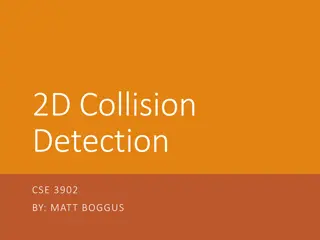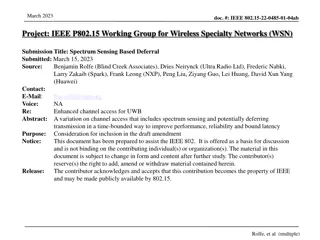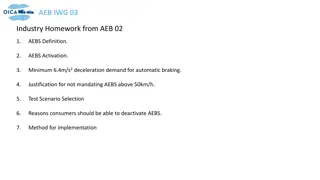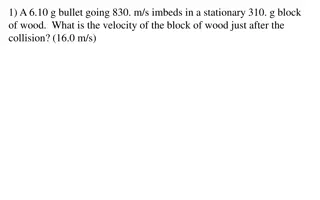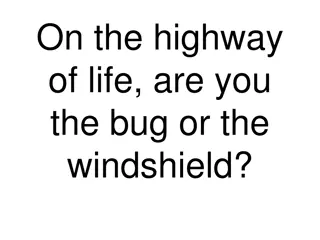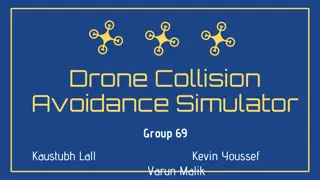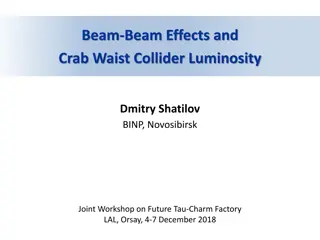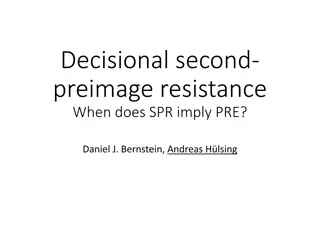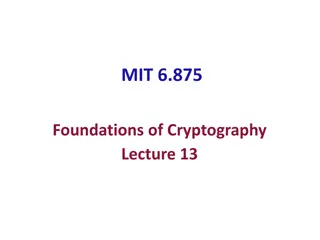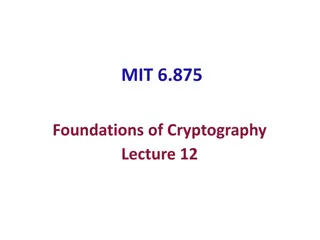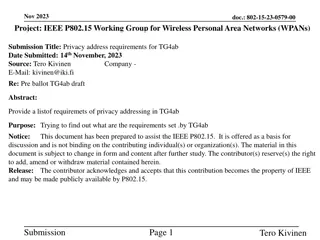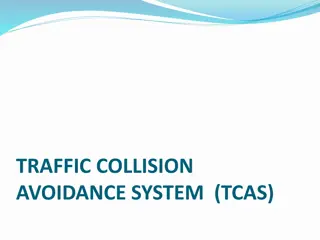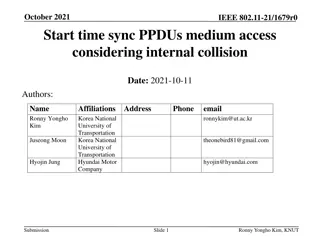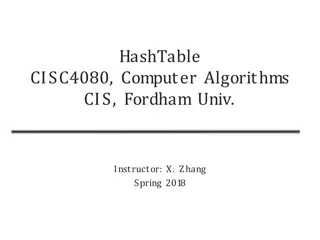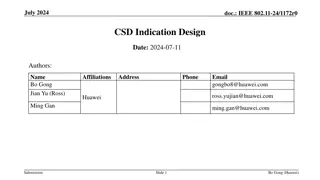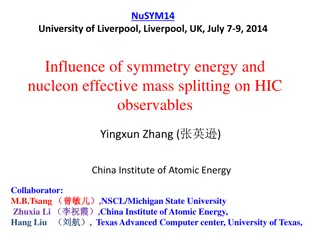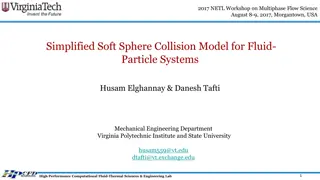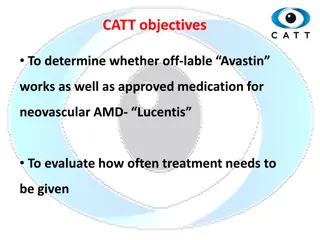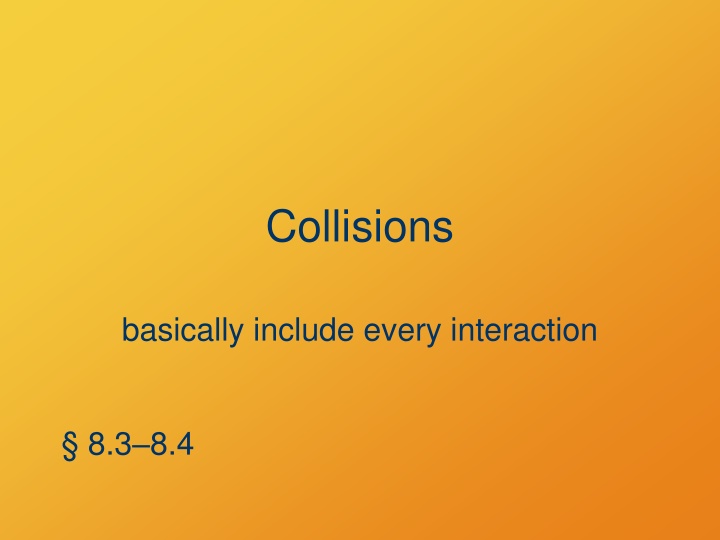
Understanding Collisions in Physics
Explore the concepts of collisions in physics, including elastic and inelastic collisions, conservation of momentum and kinetic energy, and scenarios of completely inelastic collisions. Learn about the forces, velocities, and final speeds involved in different collision types.
Download Presentation

Please find below an Image/Link to download the presentation.
The content on the website is provided AS IS for your information and personal use only. It may not be sold, licensed, or shared on other websites without obtaining consent from the author. If you encounter any issues during the download, it is possible that the publisher has removed the file from their server.
You are allowed to download the files provided on this website for personal or commercial use, subject to the condition that they are used lawfully. All files are the property of their respective owners.
The content on the website is provided AS IS for your information and personal use only. It may not be sold, licensed, or shared on other websites without obtaining consent from the author.
E N D
Presentation Transcript
Collisions basically include every interaction 8.3 8.4
All Interactions Interacting objects apply equal and opposite forces (and impulses) to each other Total momentum is conserved
Elastic Collisions Objects bounce apart after collision Kinetic energy is conserved Relative speed is also conserved Some momentum is transferred from one object to another
Totally Inelastic Collisions Objects cling together after collision Same final velocity Total momentum is maintained in the coupled mass (momentum is conserved)
Inelastic Collisions Kinetic energy is not conserved Momentum is nonetheless conserved
Group work Initial conditions m1, v1, m2, v2 What is final velocity vf of a totally inelastic collision?
Group work Two cars of equal mass are traveling opposite directions at speed v. They collide completely inelastically and stick together. What is the final speed of the combined mass?
Group work Two cars of equal mass are traveling opposite directions at speed v. They collide completely elastically. What is the final velocity of the car on the left?
Group work A car of mass M traveling to the left collides with a car of mass M initially stationary but free to move. The collide totally inelastically and stick together. What is the final velocity of the combined vehicles?
Group work Two cars of unequal mass travel at different speeds in opposite directions as indicated. They collide totally inelastically and stick together. What is the final velocity of the vehicle on the left?
Example Problem A car of mass M traveling to the left collides with a car of mass M initially stationary but free to move. The collide completely elastically. What is the final velocity of the initially stationary car?
Elastic collision 2 unknowns v1f v2f 2 equations: conservation of energy conservation of momentum
Elastic collision m1v1i + m2v2i = m1v1f + m2v2f m1v1i2 + m1v1i2 = m1v1i2 + m1v1i2
Elastic collision m1 m2 m1 + m2 2m2 + v2i v1f = v1i m1 + m2 m2 m1 m1 + m2 2m1 + v1i v2f = v2i m1 + m2
Inelastic Collision 2 unknowns, but what equations do we have? conservation of momentum ? We need more information e.g. one of the final velocities
Example Problem Two asteroids of equal mass collide with a glancing blow. Asteroid A, which was initially traveling at 40.0 m/s, is deflected 30.0 from its original direction, while asteroid B, which was initially at rest, travels at 45.0 to the original direction of A. A 30 45 A B a. Find the speed of each asteroid after the collision. b. What kind of collision is this? c. What fraction of the original kinetic energy of asteroid A dissipates during the collision?
Example Problem A 12.0-g rifle bullet is fired with a speed of 380 m/s into a wood block pendulum with mass 6.00 kg, suspended from two cords 70.0 cm long. The bullet embeds in the block, and the block swings upward after impact. a. What kind of collision is this? b. Compute the kinetic energy of the bullet and pendulum immediately after the bullet becomes embedded in the pendulum.
Example Problem A 12.0-g rifle bullet is fired with a speed of 380 m/s into a wood block pendulum with mass 6.00 kg, suspended from two cords 70.0 cm long. The bullet embeds in the block, and the block swings upward after impact. c. Compute the vertical height through which the pendulum rises. d. What fraction of the initial kinetic energy of the system was lost in the collision?
Coefficient of Restitution ||final velocity difference|| e =||initial velocity difference|| Elastic collision: e = 1 Totally inelastic collision: e = 0 Inelastic collision: 0 < e < 1
Center of Mass when sets act like single particles 8.5
Center of Mass Location of center of mass: weighted average of particle positions rcm = miri/ mi
Center of Mass Velocity of center of mass: Time-derivative of position vcm = d/dt ( miri/ mi) = mivi/ mi = ptot/mtot
Poll Question Two joined cars of mass M and 2M are at rest with a compressed spring between them. After the spring fires, one car moves off to the right and the other to the left. The speed of the car on the left is A. Zero. B. equal to the one on the right. C. one half the speed on the right. D. twice the one on the right. E. warp nine.
Poll Question A firework shell is launched vertically into the air and at the top of its trajectory an explosive charge breaks the shell into two pieces. In which directions is it possible for the two pieces to move? The pieces do not necessarily have equal mass and the arrow indicate only the direction of the velocity, not the speed. A. A only B. A or B C. A, B, or C D. A,B,C, or D E. All of the above are possible F. None of the above are possible
Example Problem 8.97 A fireworks rocket is fired vertically upward. At its maximum height of 80 m it explodes and breaks into two pieces of mass 1.4 kg and 0.28 kg. In the explosion, 860 J of chemical energy is released and converted into kinetic energy of the fragments. a) What is the speed of each fragment? b) If they hit the ground at the same time, what is the distance between them?
CM Reference Frame It is often convenient to analyze interactions in the reference frame with its origin at the center of mass. Total momentum is zero Particle momentums equal and opposite Speeds inversely proportional to masses Speeds same before and after elastic collisions
Continuous object Integrate over area ? ??? ?cm= ??? or volume ? ??? ?cm= ???

